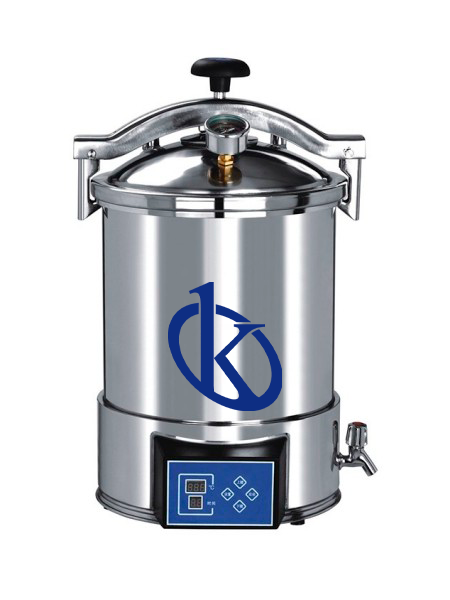The development of biological laboratory autoclave safety and contingency management plans is an essential tool to ensure the safety and optimal performance of these devices in the scientific work environment. Technology is constantly changing and improving, which means that safety and contingency plans must be regularly reviewed and updated to maintain the most effective safety methods.
The safety of users, laboratory personnel and autoclave users is the first consideration in the development of any laboratory autoclave safety plan. This type of equipment is used to destroy pathogenic microorganisms, which means that it must be ensured that the user and the person who will be near the equipment are protected. This can be achieved by implementing a series of safety measures, such as the use of basic safety kits, such as mask, goggles, gloves, gowns, etc., contact control, cleaning, disinfection and maintenance.
Development of Contingency Plans
The development of an extensive safety plan is not enough to ensure the safety and efficiency of an autoclave. In addition to safety measures, contingency plans are also important to ensure the proper operation of an autoclave. Many laboratories have established their own contingency plans for their autoclaves, which means that if an unforeseen situation interferes with the proper operation of the device, a quick and effective response plan is in place.
Contingency plans address issues such as how to deal with an autoclave that is not working properly, procedures for disabling an autoclave in the event of an emergency, cleaning and maintenance, and how to follow safety when dealing with radioactive or high-hazard materials.
Current Safety Technologies
Once basic safety and contingency procedures are in place, there are a variety of advanced technologies available to enhance the operation and safety of autoclaves. These technologies include a variety of remote monitoring, logging tools, sensors and intelligent algorithms. Remote monitoring means that users can access the equipment from anywhere and receive updates or alerts, while digital logs can provide specific details on equipment status. Sensors can detect potential problems before they become emergencies, and intelligent algorithms can use the data obtained to analyze equipment situations and improve safety and performance.
Well-structured safety plans and contingency plans can improve safety and provide peace of mind when working with biological laboratory autoclaves. With the help of advanced technologies, users can monitor and improve equipment performance, ensuring that they are always working to the right standards and provide predictable and safer results. HERE
What Kalstein offers you
As a manufacturer of laboratory equipment, we can offer you the best autoclaves on the market, at a competitive price, and not only that, but designed with the best materials on the market, ensuring the effectiveness of their applications; the YR series of autoclaves has features and conditions that meet the most demanding requirements of health agencies; visit us on our website, and discover the incredible equipment we have for you, and doubts about which one to choose, because our catalog is so wide, contact our consultants; and we will help you choose the autoclave that suits your needs and sterilization protocols; know our products HERE.

